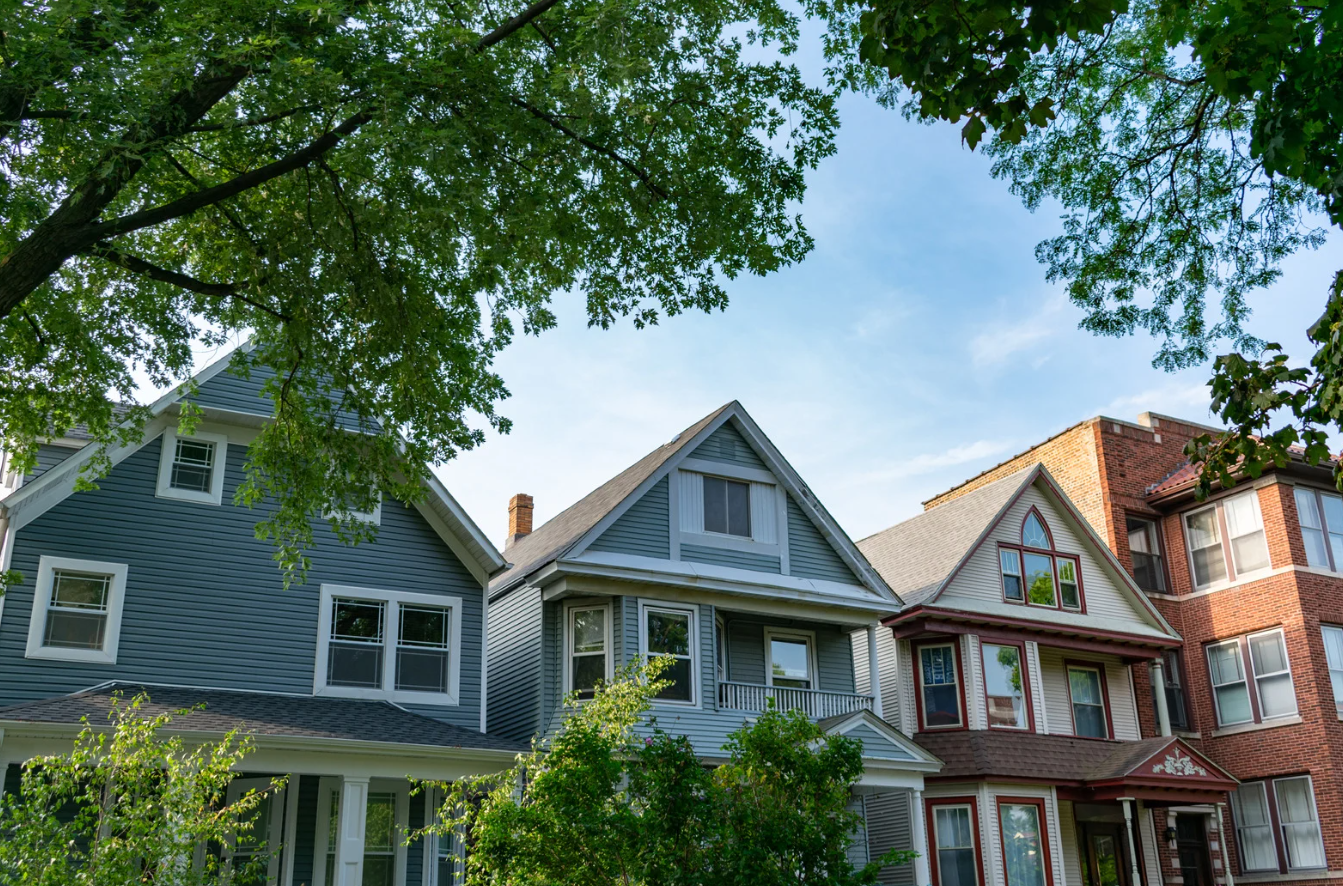What is the American Dream if not a house and a yard at which to raise a family and enjoy the fruits of one's hard work? News outlets and policy makers talk much of how to make that dream more affordable for people. Meanwhile, realtors take pains to stage houses so that each one represents the dream. Lost in the shuffle, though, are those who erect the houses through the optimal combination of materials and labor. The home builder is tasked with the job of creating a house that is safe, comfortable, attractive and -- above all -- marketable.
Home Building as a Craft and a Trade
There was a time in the U.S. when individuals and families built their own domiciles. Most were not much to look at, but they provided shelter against the elements and wild animals. In the early 1800s, however, this enterprise evolved into a business: merchants would coordinate the various craftsmen and direct them to contribute their talents toward the completion of a house. This made the process more efficient thereby increasing the number of homes exponentially. Further productivity emerged when new industries churned out prefabricated materials like lumber. The specialty artisans receded in influence.
The four professions central to home building are carpentry, masonry, plumbing and electrical work. As their home building opportunities evolved, so did the architectural styles over the ensuing decades. From Neo-Classicism to Victorianism to Gilded Age structures to Frank Lloyd Wright, houses changed in structure, function and appearance. The early 20th century saw a Tudor revival while mid-century offered Americans ranch houses and, of course, the Cape Cod. Modernist architecture and "McMansions" represent more recent stages in home value. It all begs the question: what are the next trends and departures that home builders will incorporate into their creations.
What's Next in Home Building?
As the economy recovers from COVID-19, buyers -- and builders -- once again look for aesthetic appeal, smart technology and increased comfort. Some of these desires are manifest in the following features:
1. Heated floors -- What was once an exclusive amenity for bathrooms is becoming a requested feature for other parts of the house, especially entry ways. Particularly in cold climates, residents and visitors appreciate warm floors when escaping the freezing temperatures, snow and ice.
2. Larger and more functional dining rooms -- The end of the 20th and beginning of the 21st century found families spending more time in the kitchen, including for meals. Although dining rooms were there, they were chiefly for company. These days, however, the dining room is enjoying a comeback. More versatile lighting is now a staple as are multiple entrances for ease of serving.
3. Ecologically friendly construction -- Purchasers put a higher premium on energy conservation and a smaller carbon footprint. Accordingly, quality insulation, solar panels and even rooftop windmills are requested. These can raise home value, as well.
4. Open floor plans -- Call it claustrophobia but new homeowners prefer fewer walls, more natural light and ease of access. Many first floors now have living areas, dining areas, sun areas etc.
5. Recycled wood -- Not only does reclaimed lumber fit with a greater desire for environmental sustainability, but it also affords new homes with a comfortable look and feel. In many cases, it is a better grade of wood than what is sold now.
6. Expanded patios and outdoor amenities -- Families enjoy time in the out of doors. Reflecting this affection is kitchens and bars that go beyond the fire pit.





